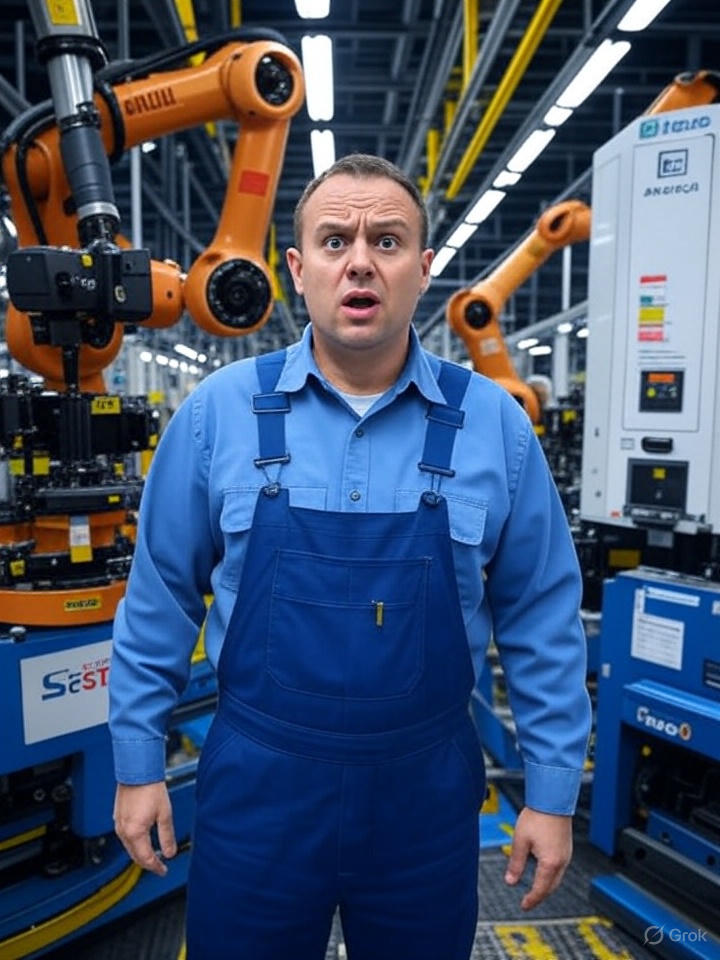Why I Walked Away from a $7 Million Robotics Deal
Published:

In the world of emerging technology, few things are more tempting than a high-value contract with bold ambitions.
Recently, I was offered a $7 million project in the field of geological exploration—an opportunity that, on paper, aligned perfectly with the promise of advanced robotics. And yet, after extensive technical evaluations and discussions with leading quadruped robot manufacturers across China, the U.S., and Europe, I made the decision to walk away.
The project required the deployment of autonomous quadruped robots across unpredictable, unmapped terrain—ranging from rocky hillsides and riverbeds to dense forests, loose gravel, wetlands, and snow-covered regions. In short, it demanded true all-terrain capability under real-world conditions, with minimal human intervention.
While quadruped robotics has made impressive strides in recent years—particularly in lab environments and controlled test fields—none of the current solutions could meet the performance, reliability, and endurance required by this project. Field stability, power consumption, environmental perception, and locomotion algorithms still pose significant challenges when robots are removed from the lab and placed into nature’s complexity.
From a business perspective, the decision boiled down to one principle: real-world performance must outweigh theoretical potential. Committing to a project of this scale without confidence in technological readiness would be a disservice to the client, my team, and the long-term credibility of robotics as a commercial solution.
In some cases, the boldest move is not to push forward, but to step back—strategically and responsibly.
Technology should inspire ambition, but execution demands humility.


